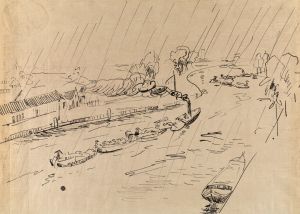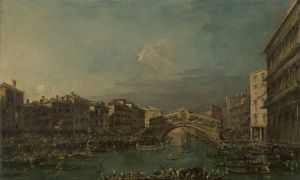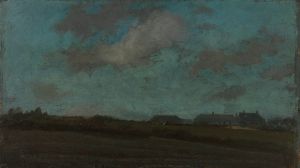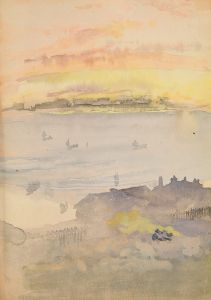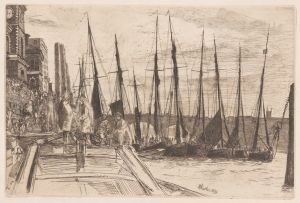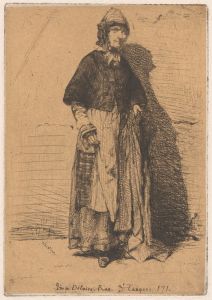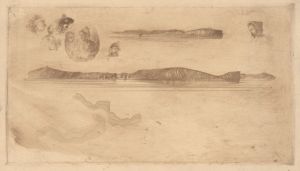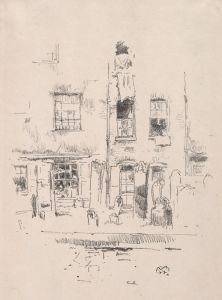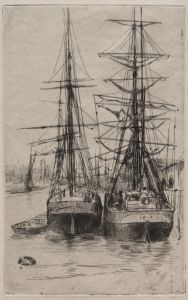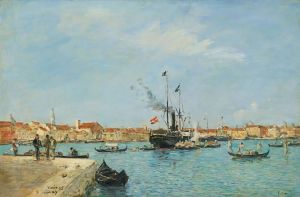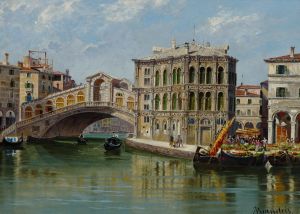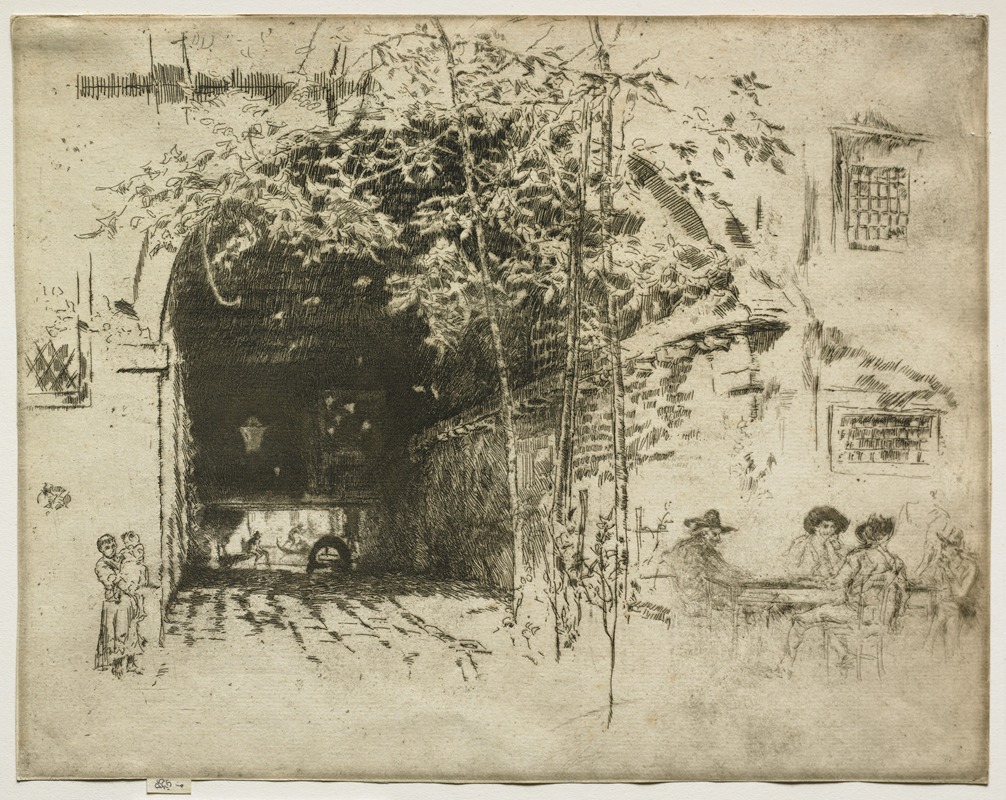
The Traghetto
A hand-painted replica of James Abbott McNeill Whistler’s masterpiece The Traghetto, meticulously crafted by professional artists to capture the true essence of the original. Each piece is created with museum-quality canvas and rare mineral pigments, carefully painted by experienced artists with delicate brushstrokes and rich, layered colors to perfectly recreate the texture of the original artwork. Unlike machine-printed reproductions, this hand-painted version brings the painting to life, infused with the artist’s emotions and skill in every stroke. Whether for personal collection or home decoration, it instantly elevates the artistic atmosphere of any space.
James Abbott McNeill Whistler's The Traghetto is a notable etching and drypoint artwork created in 1879-1880 during the artist's time in Venice. Whistler, an American-born artist, was invited to Venice by the Fine Art Society of London to produce a series of etchings and pastels. This project resulted in a collection known as the "Venice Set," which includes The Traghetto as one of its prominent pieces.
The term "traghetto" refers to the gondola ferries used to transport passengers across the canals of Venice. In this etching, Whistler captures a scene of everyday Venetian life, focusing on the figures and their interactions rather than the grandeur of the city's architecture. The composition features a group of people gathered on a gondola, with the figures rendered in fine, delicate lines that showcase Whistler's mastery of the etching technique. The background includes subtle suggestions of the Venetian cityscape, but the emphasis remains on the human element and the intimate atmosphere of the scene.
Whistler's work in Venice marked a significant period in his career, as he shifted his focus toward capturing the mood and essence of the city rather than producing highly detailed architectural studies. His Venetian etchings, including The Traghetto, are celebrated for their innovative use of line, light, and shadow, as well as their ability to convey the unique character of Venice. These works demonstrate Whistler's interest in tonal harmony and his belief in "art for art's sake," a philosophy that emphasized the aesthetic qualities of art over narrative or moral content.
The Traghetto is part of Whistler's broader exploration of etching as a medium. He was deeply influenced by the works of earlier masters such as Rembrandt, and he brought his own distinctive approach to the technique. Whistler's etchings often feature a combination of precise detail and atmospheric effects, achieved through his skillful use of line and his ability to suggest depth and texture.
Today, The Traghetto is considered an important example of Whistler's contribution to the etching revival of the 19th century. The artwork is held in various museum collections, including the British Museum in London and the Freer Gallery of Art in Washington, D.C., where it continues to be studied and admired for its artistic and historical significance.






